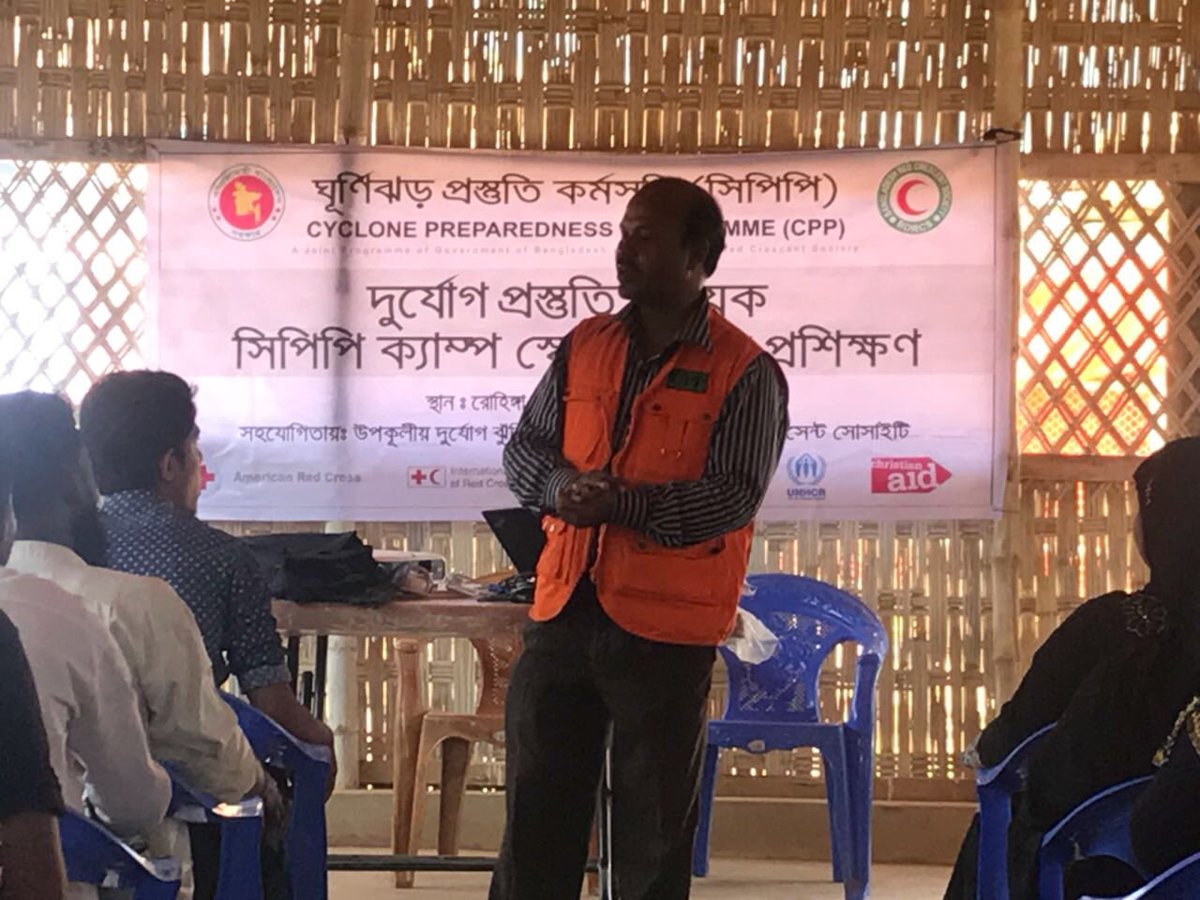Cyclone Preparedness Program

Evolution of CPP (Cyclone Preparedness Program): Massive cyclone with wind speed 62 m/s accompanied by a storm surge 6–10 m in height struck Bangladesh on 12 and 13 November in 1970, claiming an estimated 300,000 people, making millions of homeless and totally destitute. Following the cyclone of 1970, the United Nations General Assembly requested the League of Red Cross (now known as International Federation) to take the lead role in establishing and improving the pre-disaster planning program in Bangladesh. The League of Red Cross with the collaboration of the Red Crescent societies undertook an extensive program named CPP in 1972 consisting of 20,310 volunteers in 204 unions of 24 thanes (sub-district) and a transceiver telecommunication system (Wireless transceiver radio in 22 stations). In 1973 the League of Red Cross and the Red Crescent societies withdrew the field level program. But, considering the vulnerability of coastal people, the Government of Bangladesh came forward and took the responsibility. Afterwards, the program appears as the joint program of Government of Bangladesh and Bangladesh Red Crescent Society (BDRCS). The goal of the CPP is “to minimize loss of lives and properties in cyclonic disaster by strengthening the capacity in disaster management of the costal people of Bangladesh”.
CPP is a mechanism which relies on
technical skills and volunteer’s commitment for ensuring all potential victims
of an approaching cyclone are given sufficient warning to 11 million coastal
people residing in the 710 km long coastal areas. So that they can move to safe
sites including the cyclone shelters and building after receiving the warning
signals from volunteer of CPP. The designated warning signal for approaching
cyclone comes from Bangladesh Metrological Department (BMD) and transmitted
this information from zonal office to Upazila level offices through high frequency
(HF) radios. The Upazila office further passes this information to village
unions and lower levels through very high frequency (VHF) radios. At present,
CPP extended their activities through 49,365 volunteers in 37 Upazilas
(sub-district) in 321 unions (village level) divided into 3,281 units.




No comments